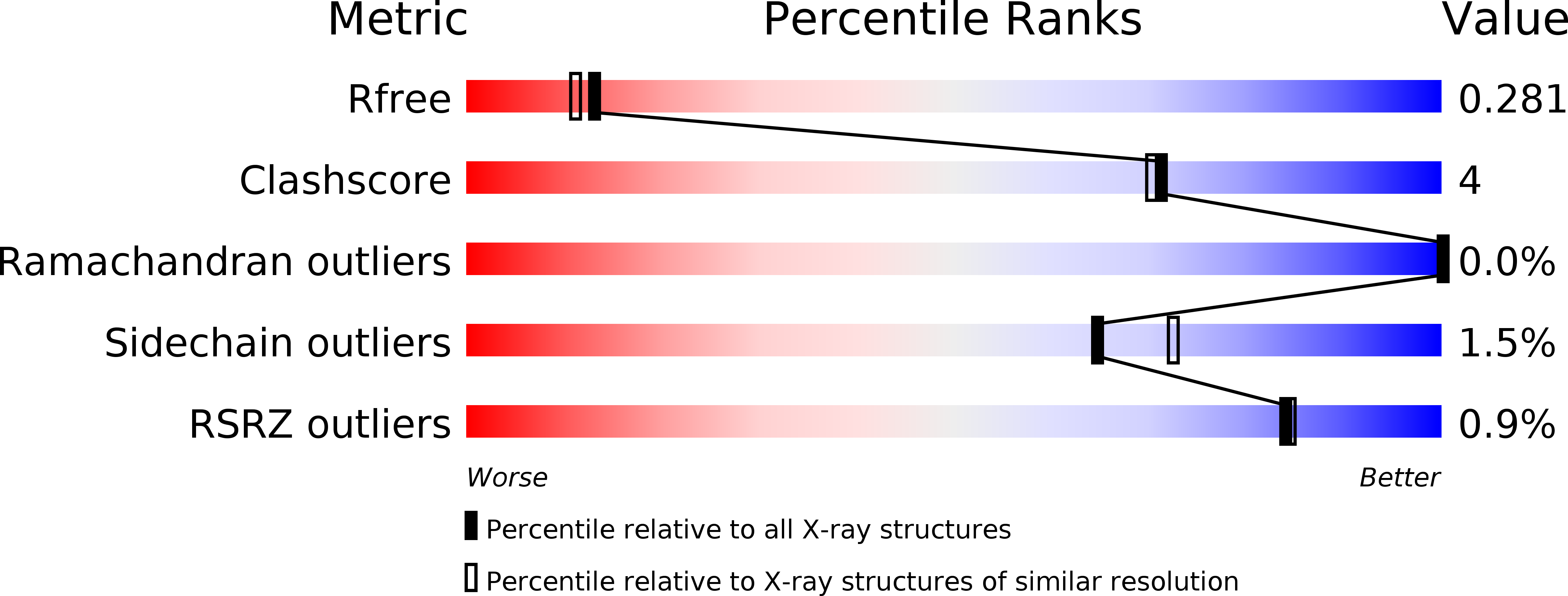
Deposition Date
2020-05-15
Release Date
2020-08-05
Last Version Date
2023-10-18
Entry Detail
PDB ID:
6X0K
Keywords:
Title:
Structure of dithionite-reduced SidA ornithine hydroxylase with the FAD "in" and complexed with L-ornithine
Biological Source:
Source Organism:
Aspergillus fumigatus (Taxon ID: 330879)
Host Organism:
Method Details:
Experimental Method:
Resolution:
2.23 Å
R-Value Free:
0.28
R-Value Work:
0.23
R-Value Observed:
0.23
Space Group:
P 1 21 1


